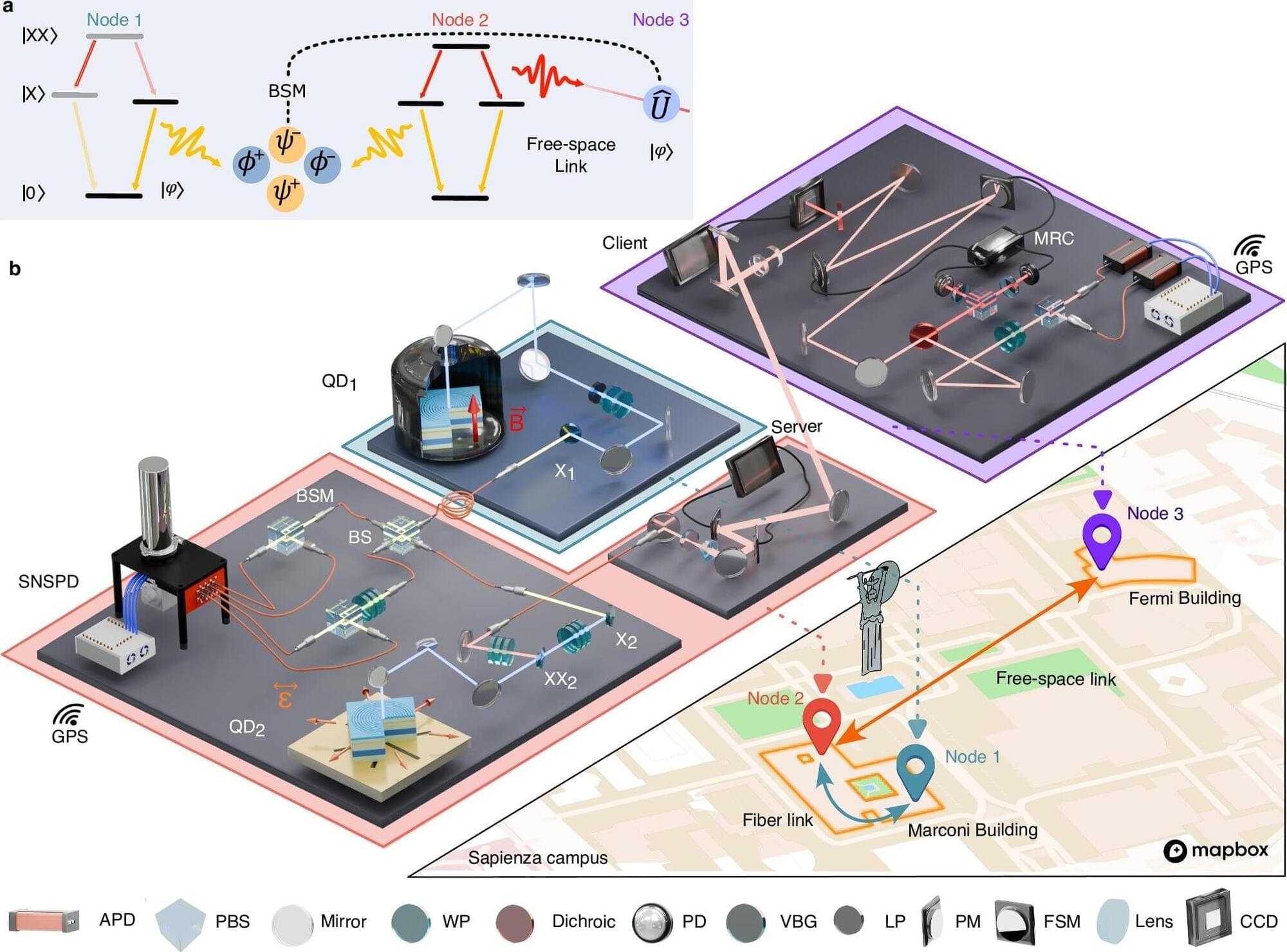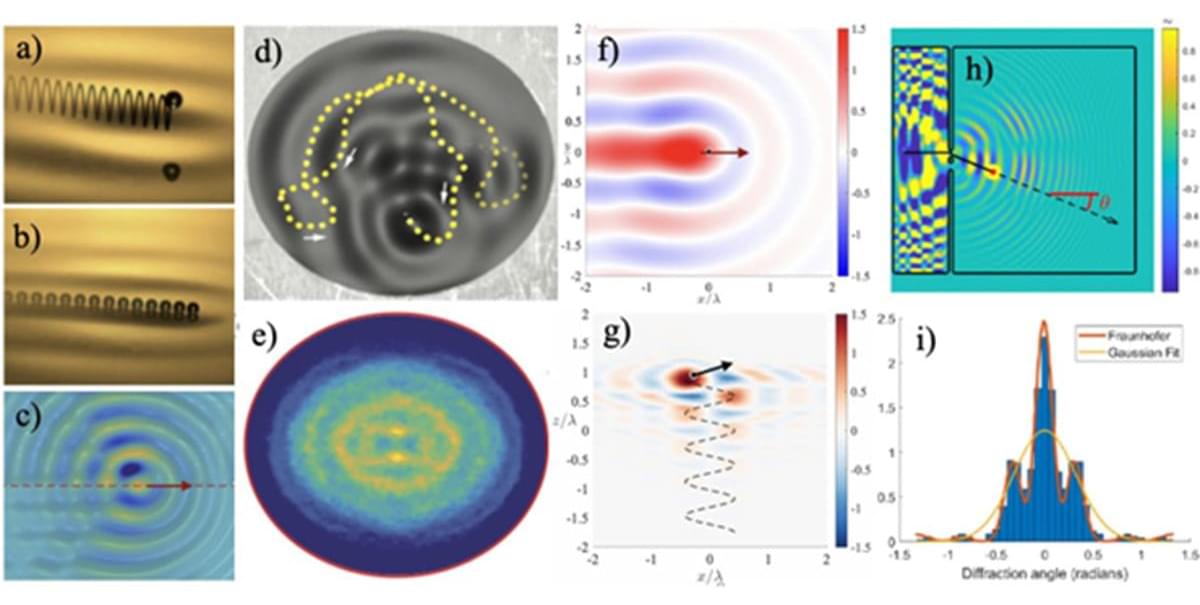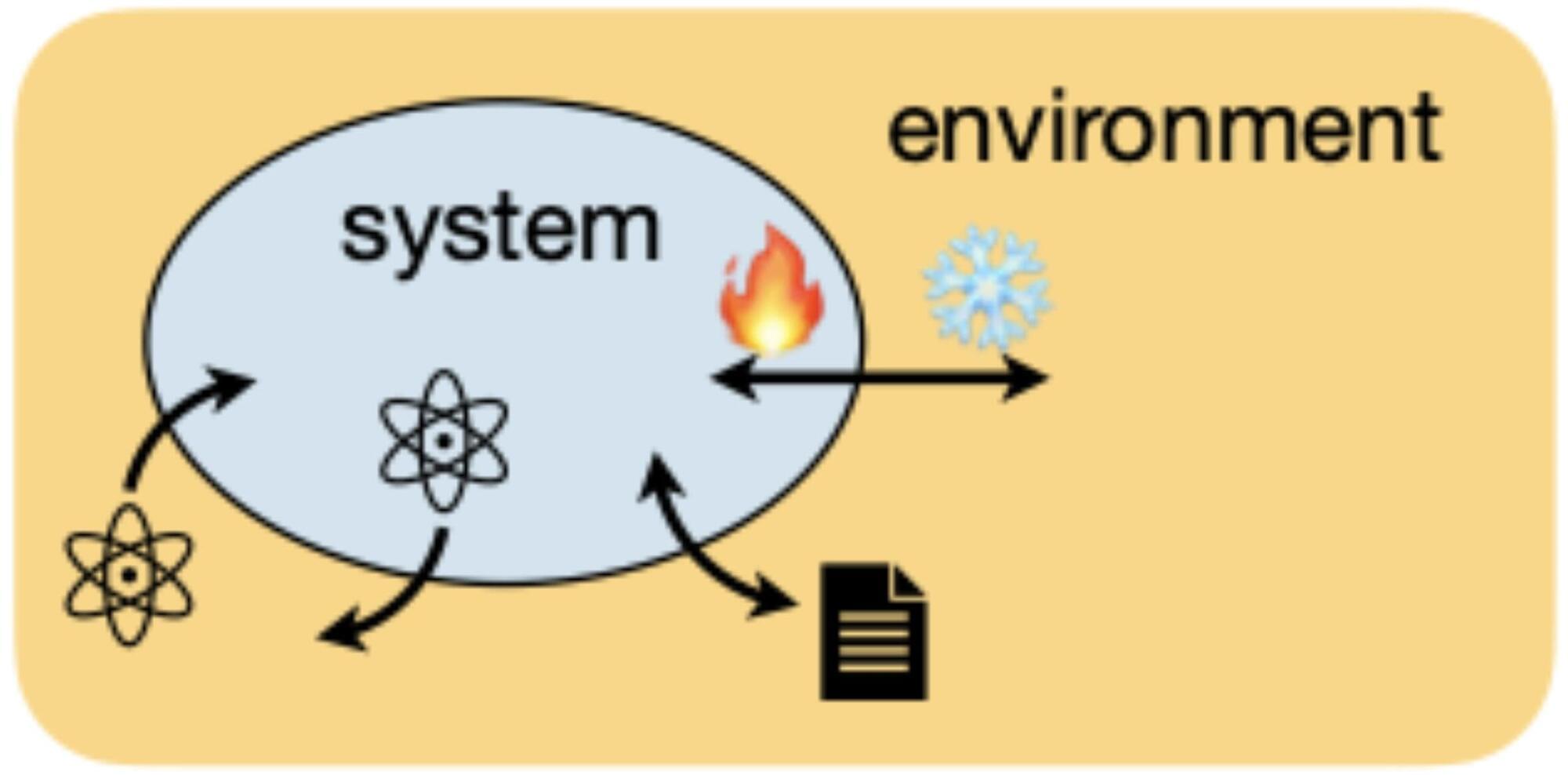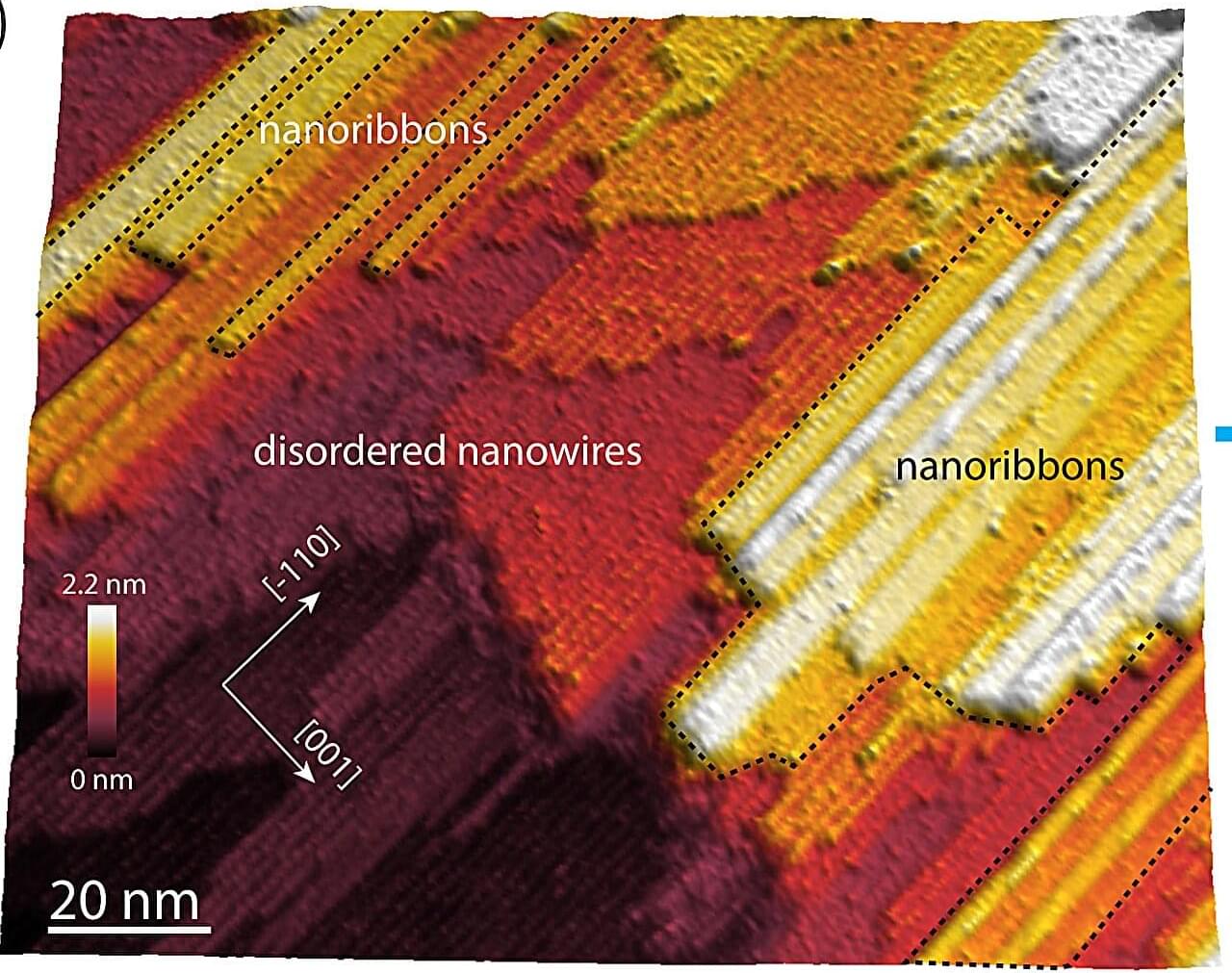In physical systems, transport takes many forms, such as electric current through a wire, heat through metal, or even water through a pipe. Each of these flows can be described by how easily the underlying quantity—charge, energy, or mass—moves through a material.
Normally, collisions and friction lead to resistance causing these flows to slow down or fade away. But in a new experiment at TU Wien, scientists have observed a system where that doesn’t happen at all.
By confining thousands of rubidium atoms to move along a single line using magnetic and optical fields, they created an ultracold quantum gas in which energy and mass move with perfect efficiency. The results, now published in the journal Science, show that even after countless collisions, the flow remains stable and undiminished, thus revealing a kind of transport that defies the rules of ordinary matter.









